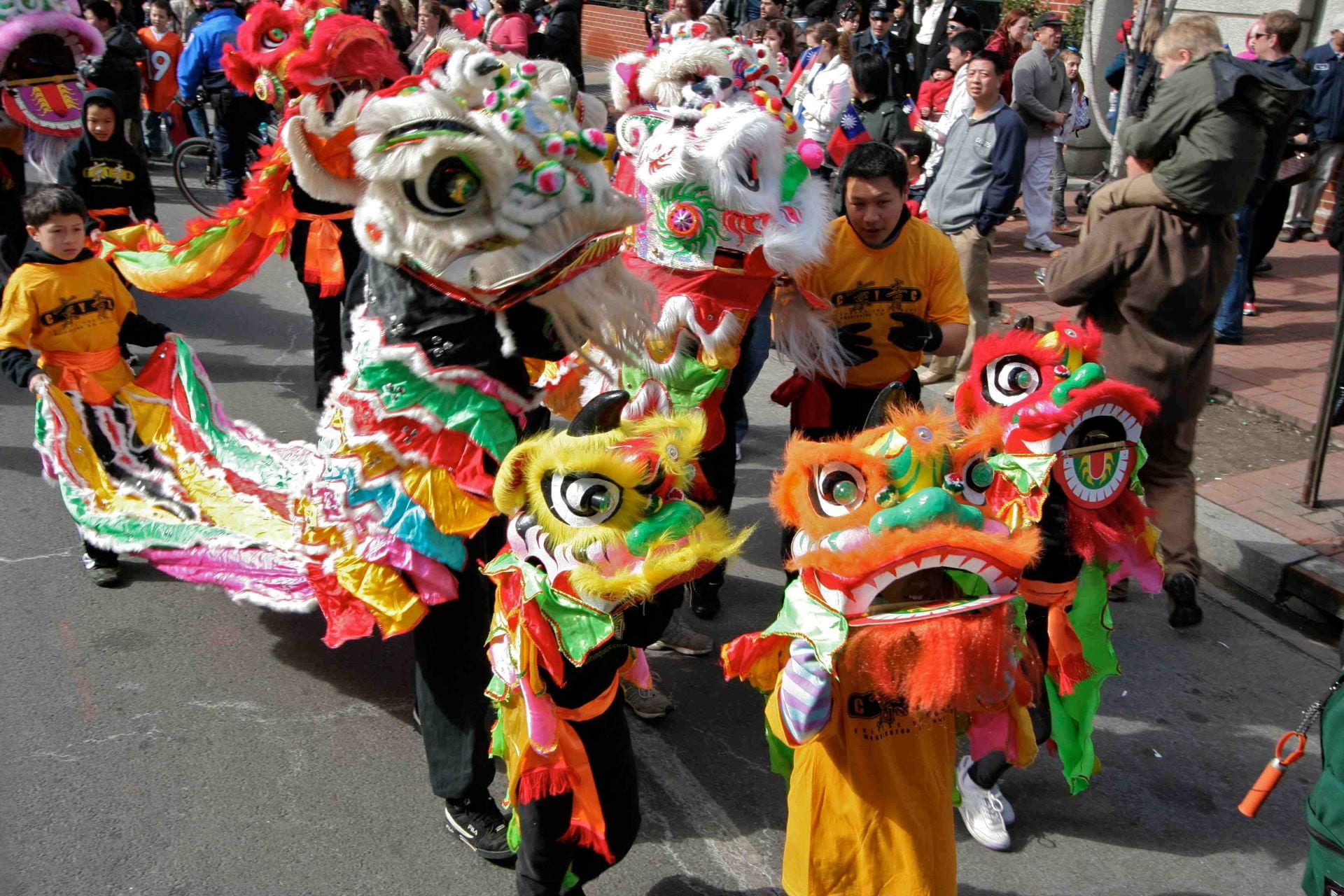
CHINA
The following is a resource guide for educators, researchers, and students interested in learning about China. Please note that the resources gathered are not exhaustive, and we encourage readers to pursue additional resources. If you would like to suggest a resource, please send an email to gweanrc@gwu.edu.
Here are some basic facts about China (As of January 2022):
- Capital: Beijing (北京市)
- Currency: Renminbi (¥)
- President: Xi Jinping (5th)
- Government: Unitary Marxist-Leninist one-party socialist republic
- Official Language: Mandarin (Chinese; 普通话); note that there are numerous prominent localized dialects throughout the country
- Population: 1,397,897,720 (July 2021 est.)
- Land Area: 9,388,210 sq km (2% larger than the United States)
- Population Density: 153 per Km2 (about 5 times larger than the United States)
- Writing Systems: Contemporary standard script: Simplified Chinese (簡体字); historical writing script: Traditional Chinese (繁体字)
Learn more about China on the CIA World Factbook page for China!
Overview
China is the world’s most populous country – first in population and fifth in area. It has a continuous culture stretching back nearly 4,000 years, and it is one of the world’s oldest civilizations. The land in China varies greatly and includes flat grasslands, deserts, thick forests and mountains. The world’s tallest mountain is Mount Everest. Mount Everest is found on the border between China and its neighbor Nepal. China is also home to the Yangtze River – the third largest river in the world!
China emerged as one of the world’s earliest civilizations. China’s political system was based on hereditary monarchies, or dynasties, beginning with the semi-legendary Xia dynasty in 21st century BCE. Since then, China has expanded, fractured, and re-unified numerous times. The invention of gunpowder and movable type in the Tang dynasty (618–907) and Northern Song (960–1127) completed the Four Great Inventions (papermaking, printing, gunpowder and compass). Tang culture spread widely in Asia, as the new Silk Route brought traders to as far as Mesopotamia and the Horn of Africa. Dynastic rule ended in 1912 with the Xinhai Revolution, when the Republic of China replaced the Qing dynasty. The People’s Republic of China was founded in 1949 after the Chinese Communist Party defeated the nationalist Kuomintang, who retreated to Taiwan. This created a complex socio-political reality of the People’s Republic on mainland China and the Republic of China based on Taiwan that still exists today. In this resource guide, whenever we refer to China in the contemporary context (1949 to present day), we are referring to the People’s Republic of China.
China introduced the economic reforms in 1978 and since then its economy has been one of the world’s fastest-growing with annual growth rates consistently above 6 percent with few exceptions (according to annual GDP growth rates reported from the World Bank). China’s current president since 2012 – Xi Jinping – simultaneously serves as the General Secretary of the Chinese Communist Party and Chairman of the Central Military Commission, among several other top posts. Contemporary China has a rich history, impressive economic performance, and growing global presence.
References
“China Country Profile.” BBC News, BBC, 4 Apr. 2018, www.bbc.com/news/world-asia-pacific-13017877.
“China.” Data, https://data.worldbank.org/country/china.
“China Population 2019.” China Population 2019 (Demographics, Maps, Graphs), worldpopulationreview.com/countries/china-population/.
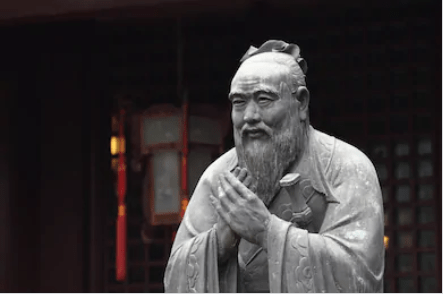
Statue of Confucius at Confucian Temple in Shanghai, China.
Credit: Philip LangeShutterstock
For more information on China and related resources, please click the “China Resources PDF” button below.
K-12 Resources for Students & Teachers
Below are links to useful resources that could be found online. Please click the individual hyperlinks to find out more about these resources. For more information, check out our China Resources Guide (PDF).
HISTORY, CULTURE, LANGUAGE, AND TRADITIONS

China Culture: Customs and Traditions by China
Chinese Culture is more than 5000 years old. It has enormous diversity and variety. China Culture: Customs and Traditions by China introduces China’s religion, language, food and more.
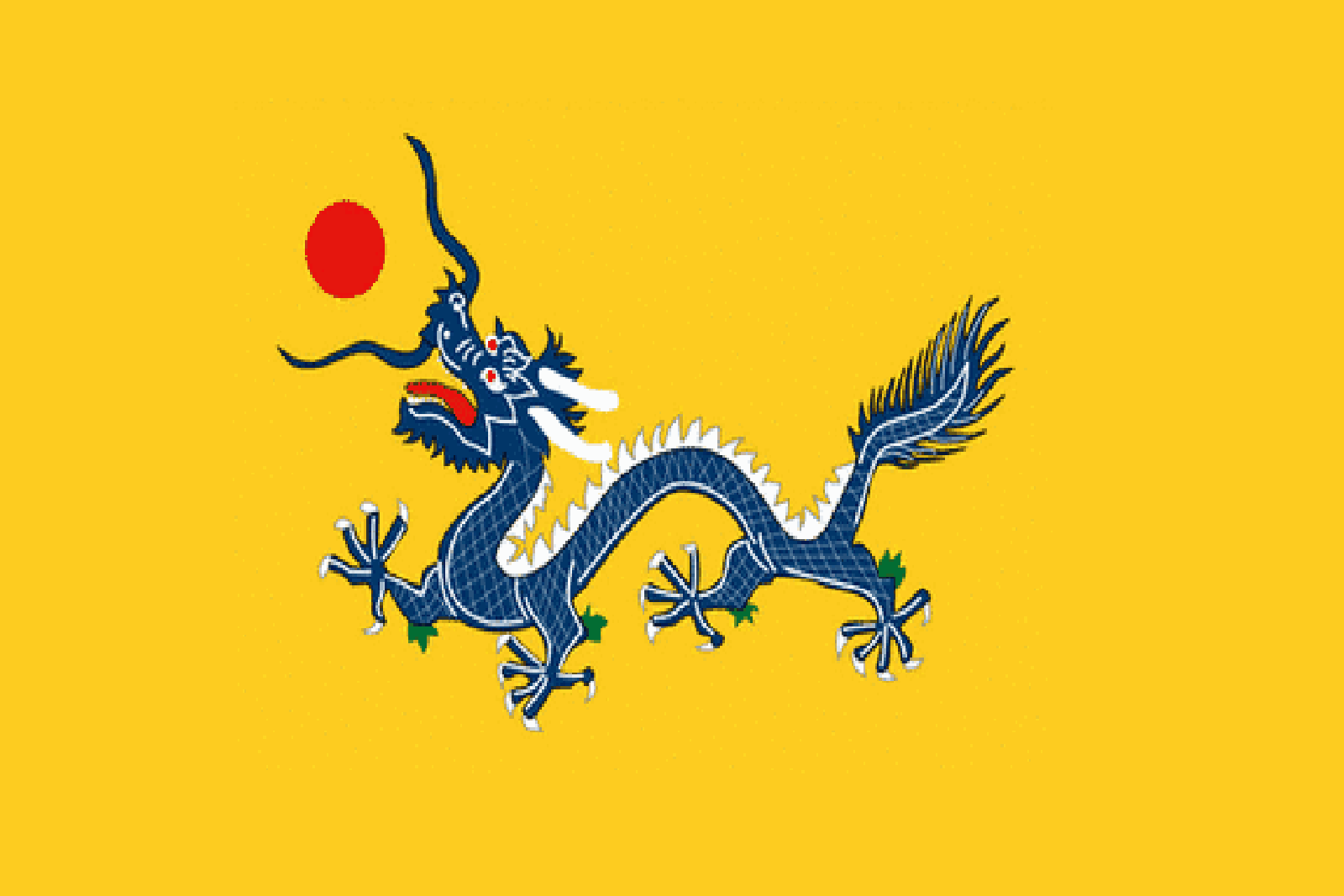
History of China
History of China is an e-book that provides China’s history from the ancient dynasties to the People’s Republic Of China.
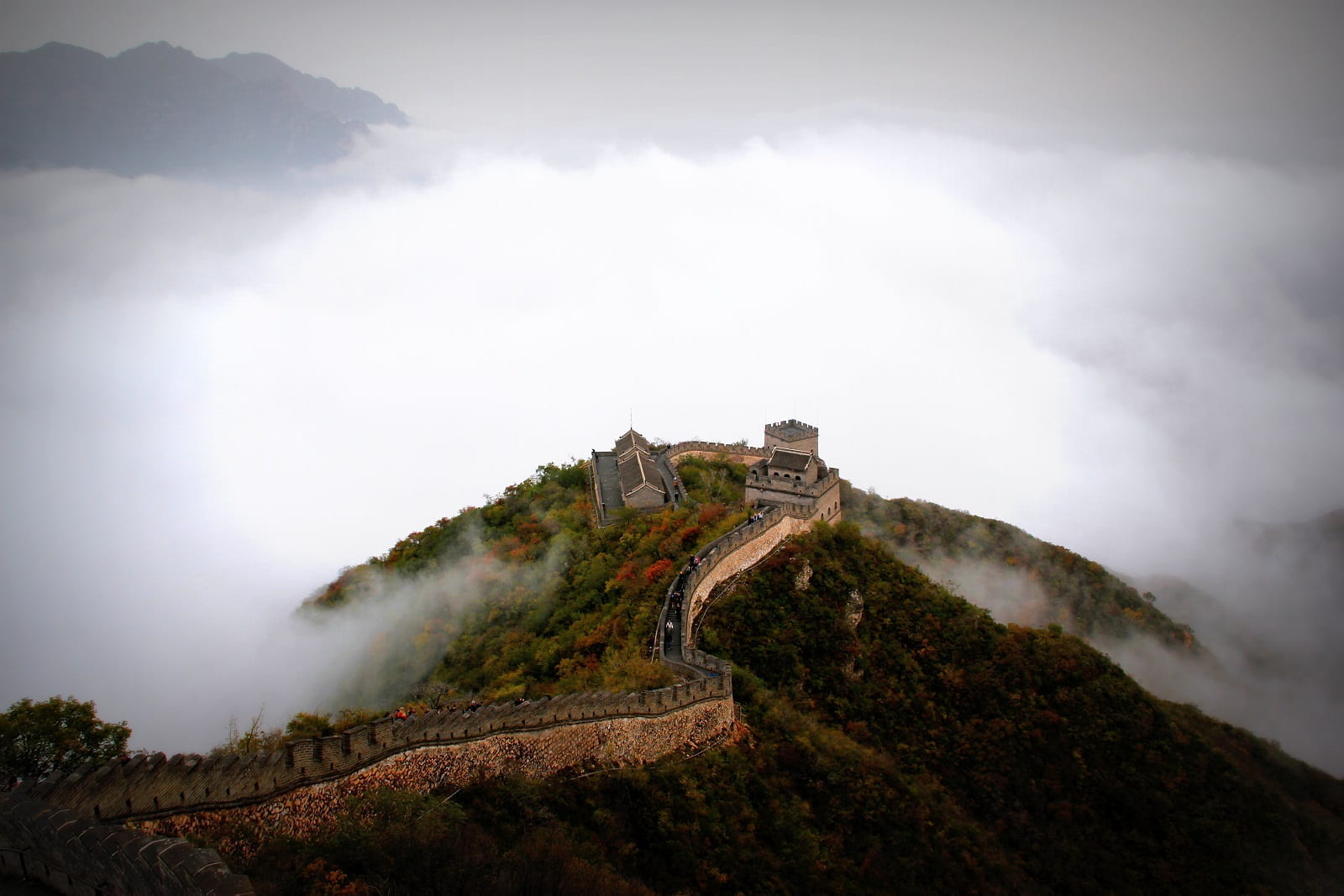
Travel China Guide
The China Guide is a Beijing-based travel agency that customizes private tours, educational student tours, and incentive trips in China. The resource tailors the most authentic and hassle-free China tours that reflect each client’s interests and preferences.
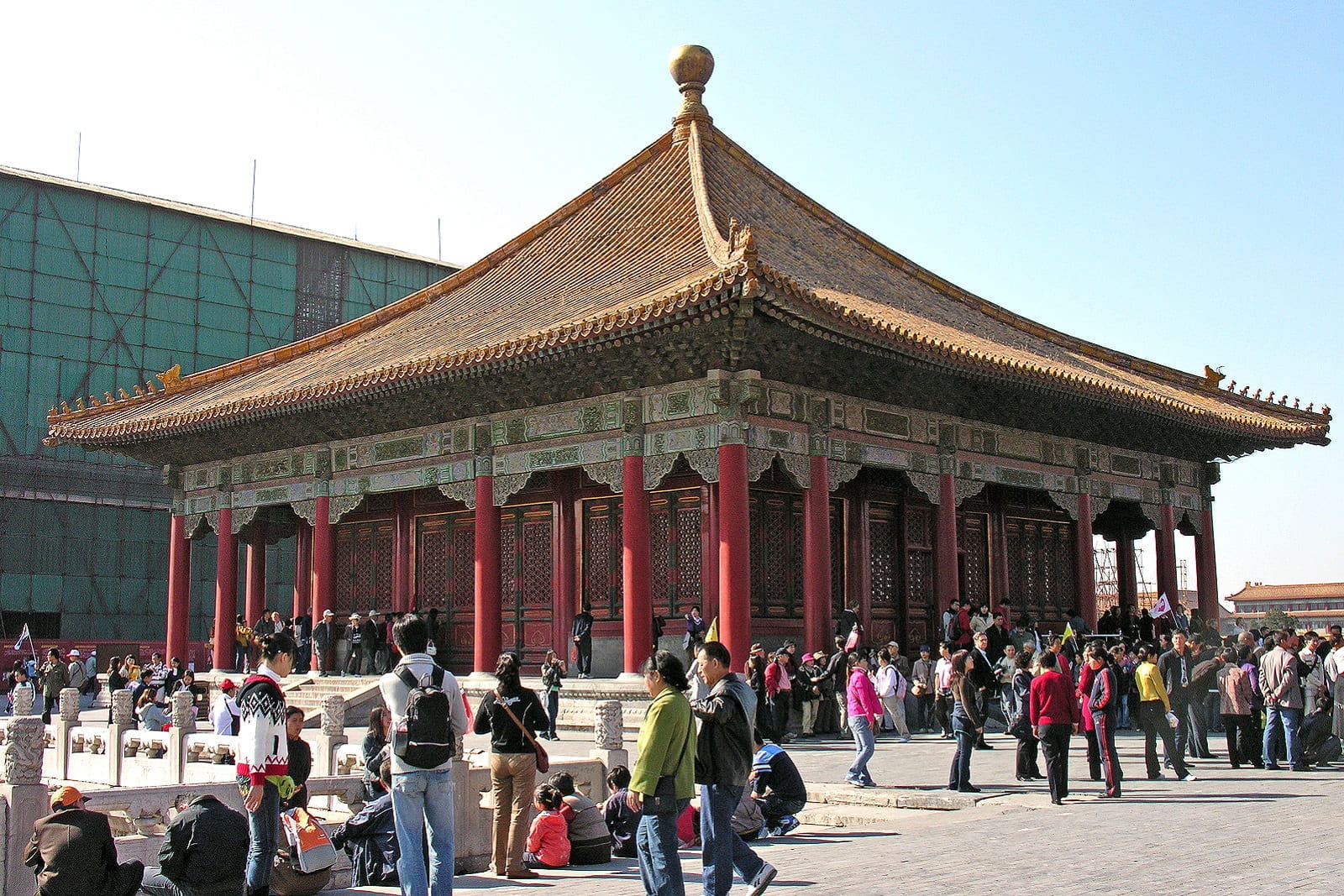
China 360
China Institute’s professional development program for K-12 Educators, China 360, develops resources that help contextualize important topics in Chinese history, language, culture, and society.
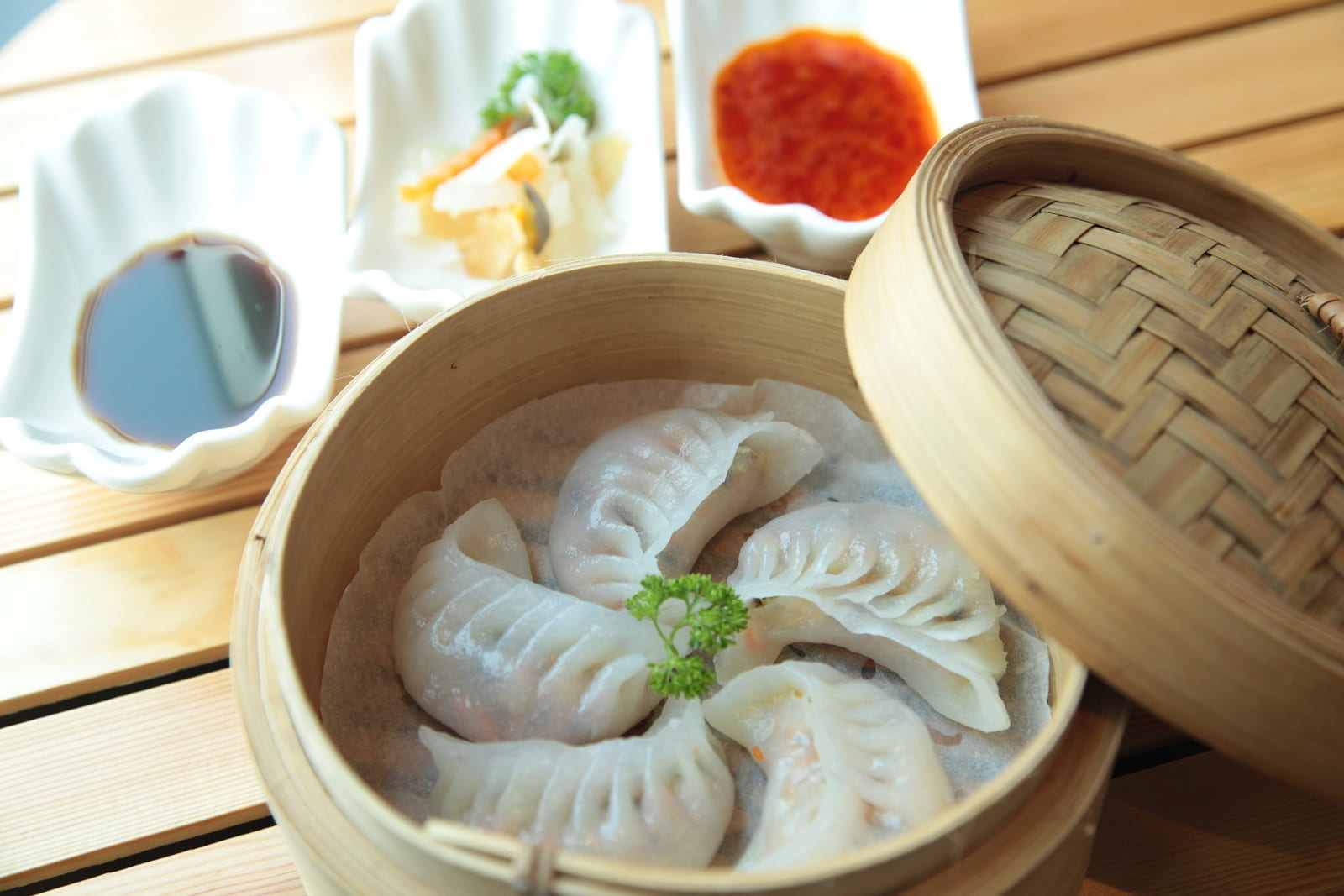
Chinese Food
China is the country with not only the largest population, but also the largest and one of the most impressive cuisines in the entire world. Here you can get informed about the history of their cuisine and the way their tradition, medicine, expansion and fashion changes influenced the creation of new food recipes.
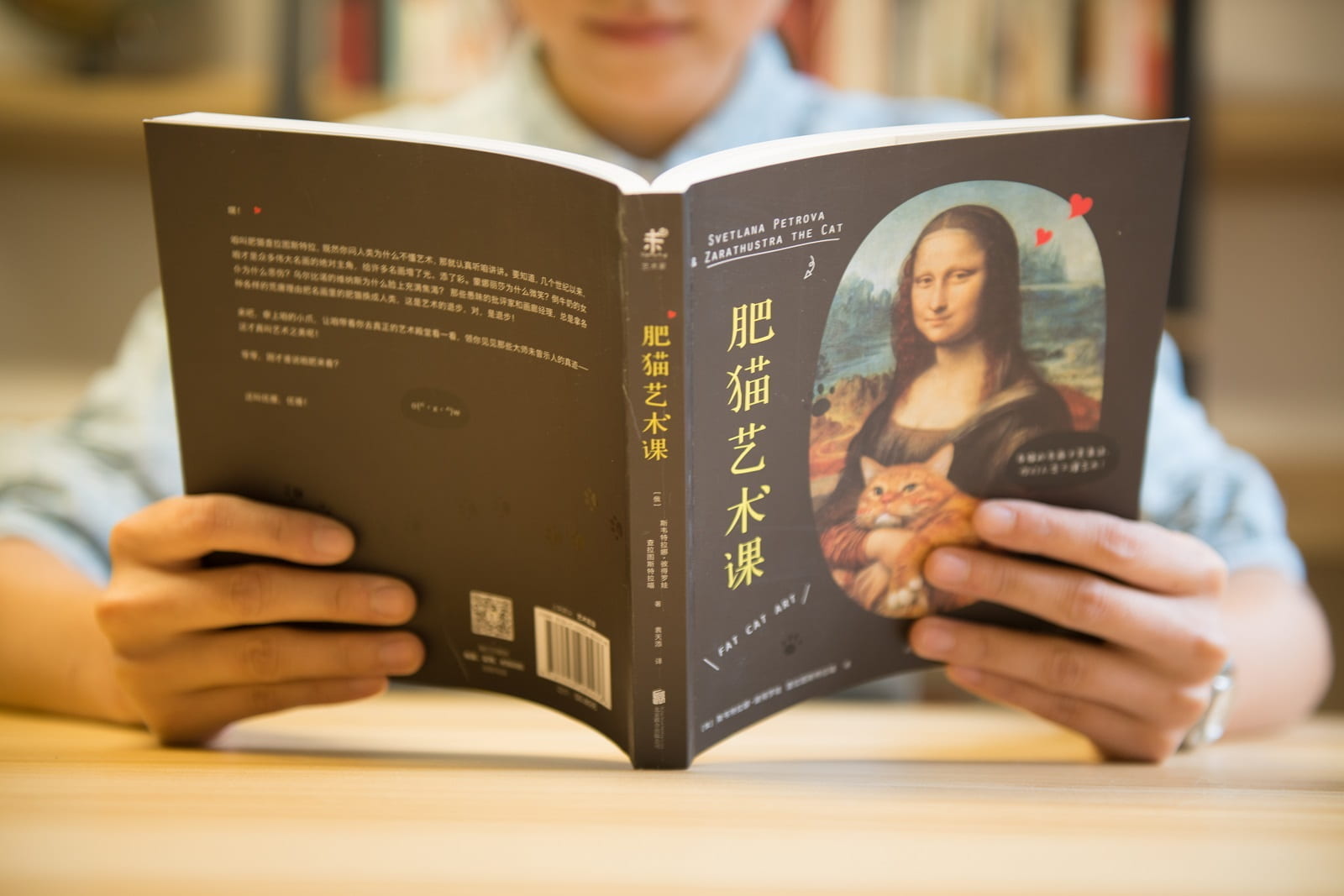
Chinese Learning Resources
Whether you’re new at learning Mandarin or speaking fluently, there is a wealth of online materials to help you support your learning. The Asia Society’s Chinese Learning Resources provides great tools for enriching your Chinese studies online.
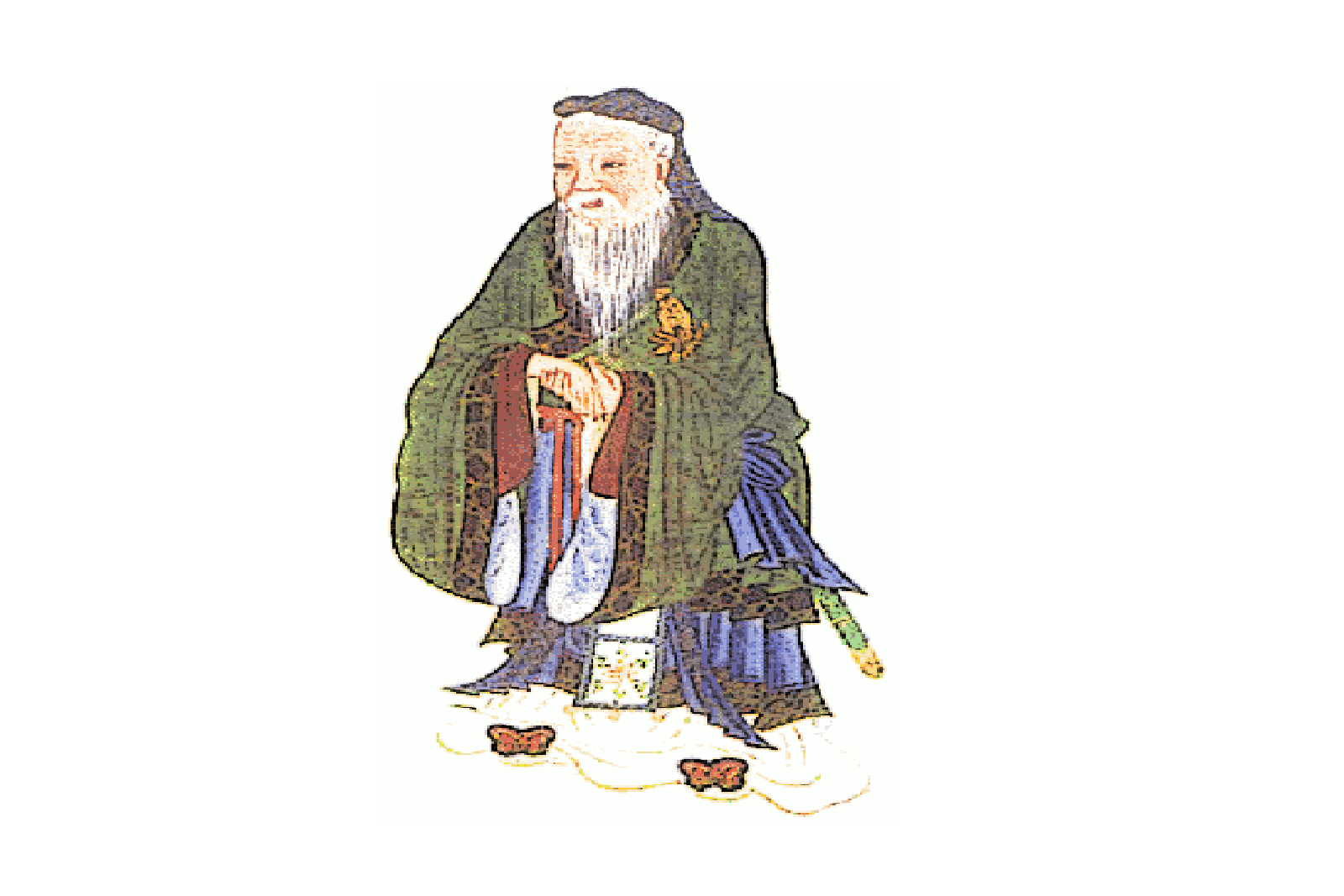
Heilbrunn Timeline of History
The Met’s Heilbrunn Timeline of Art History pairs essays and works of art with chronologies, telling the story of art and global culture through the Museum’s collection. Authored by The Met’s experts, the digital publication is a reference, research, and teaching tool conceived for students and scholars of art history.
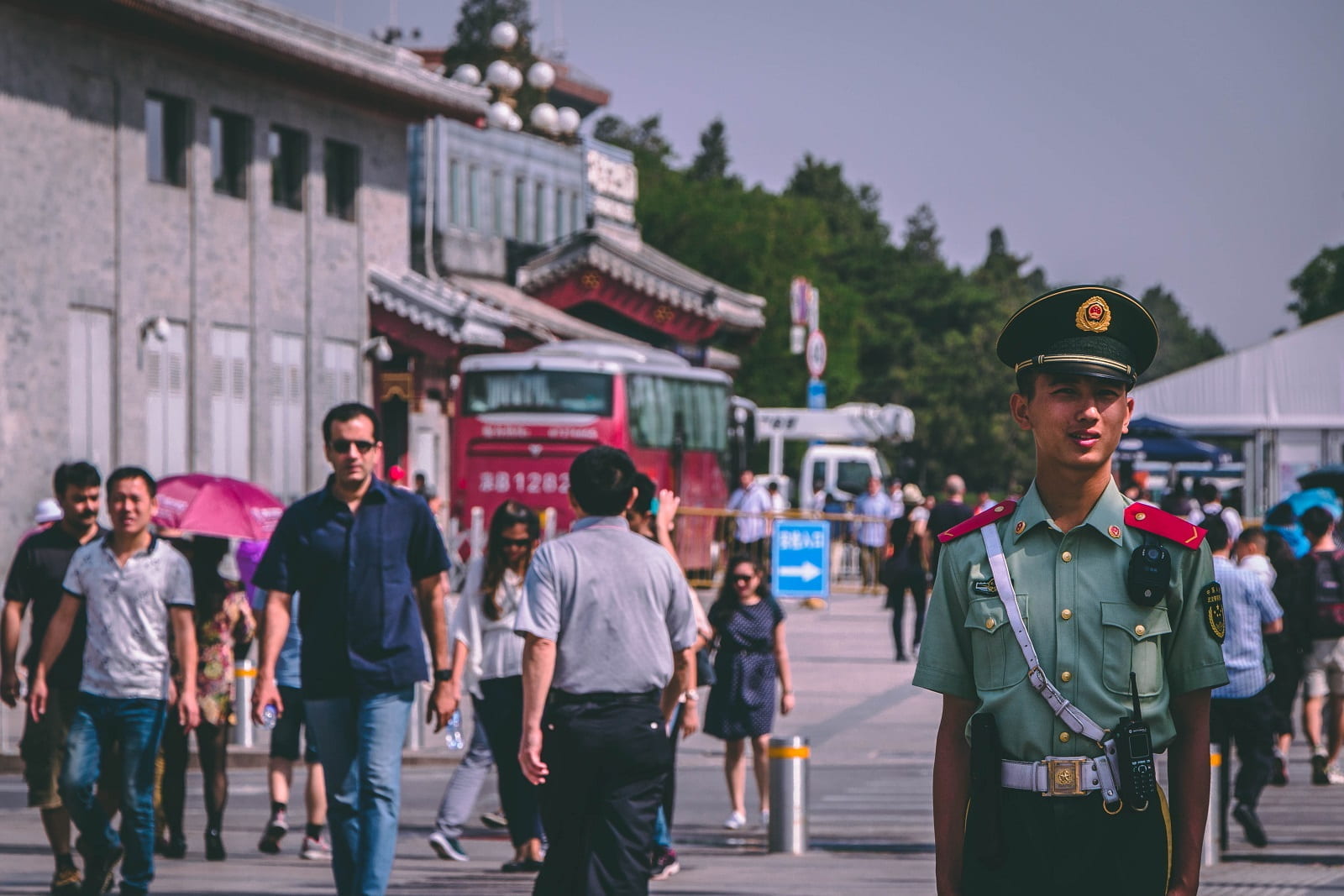
Human Rights in China
Human Rights in China (HRIC) is a Chinese NGO founded in 1989 by overseas Chinese students and scientists. They actively engage in case and policy advocacy, media and press work, and capacity building. Through their original publications and extensive translation work, HRIC provides bridges and uncensored platforms for diverse Chinese voices.
Politics and Contemporary Topics

The Center for Advanced China Research
The Center for Advanced China Research (CACR) is a non-profit research organization that conducts Chinese-language research on China’s domestic politics, foreign affairs, and security policy. CACR engages with US and partner-country policymakers, China specialists, and the broader public in the production of high-quality and analytical reports, blog posts, and scholarly publications.
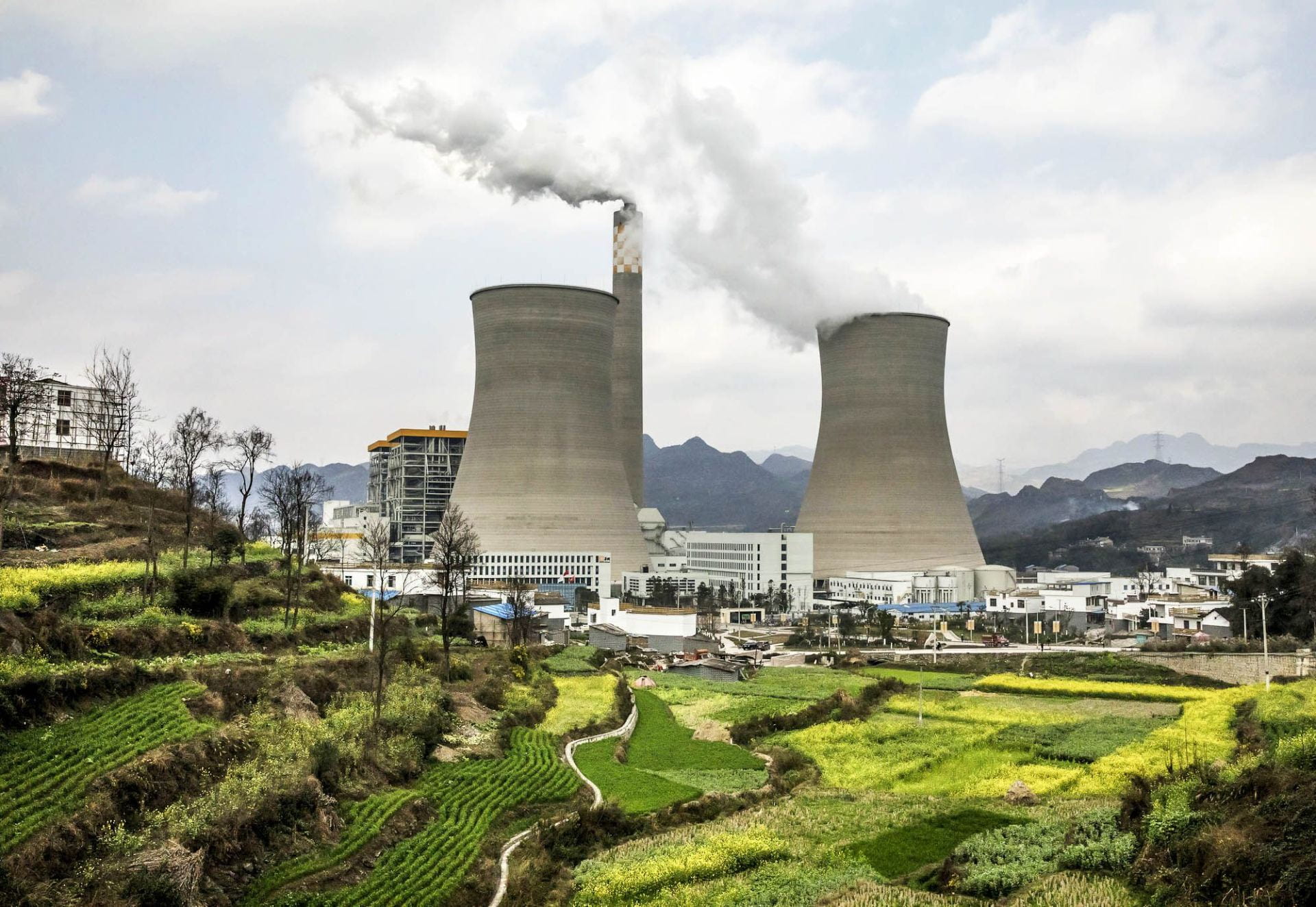
China Power Project
The China Power Project from the Center for Strategic and International Studies provides interactive data visualizations and expert analysis to facilitate informed discussions on the complexities, capabilities, and potential outcomes of China’s rise. The project examines China’s military, economy, society, technology, and international image and engagement.
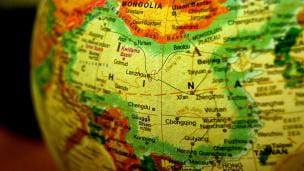
The Freeman Chair in China Studies
The Freeman Chair in China Studies at the Center for Strategic and International Studies is a leading source of insight and analysis on China’s evolving political system and the dynamics that impact its domestic policy agenda and external behavior.

U.S.-China Economic and Security Review Commission
The U.S.-China Economic and Security Review Commission was created by the United States Congress in October 2000. It’s purpose is to monitor and investigate the U.S.-China economic relationship and provide recommendations to Congress for legislative and administrative action.

MarcoPolo
MarcoPolo is the in-house think tank of the Paulson Institute in Chicago. They have decoded China’s economic arrival with incisive, market-relevant analysis and creative research products.
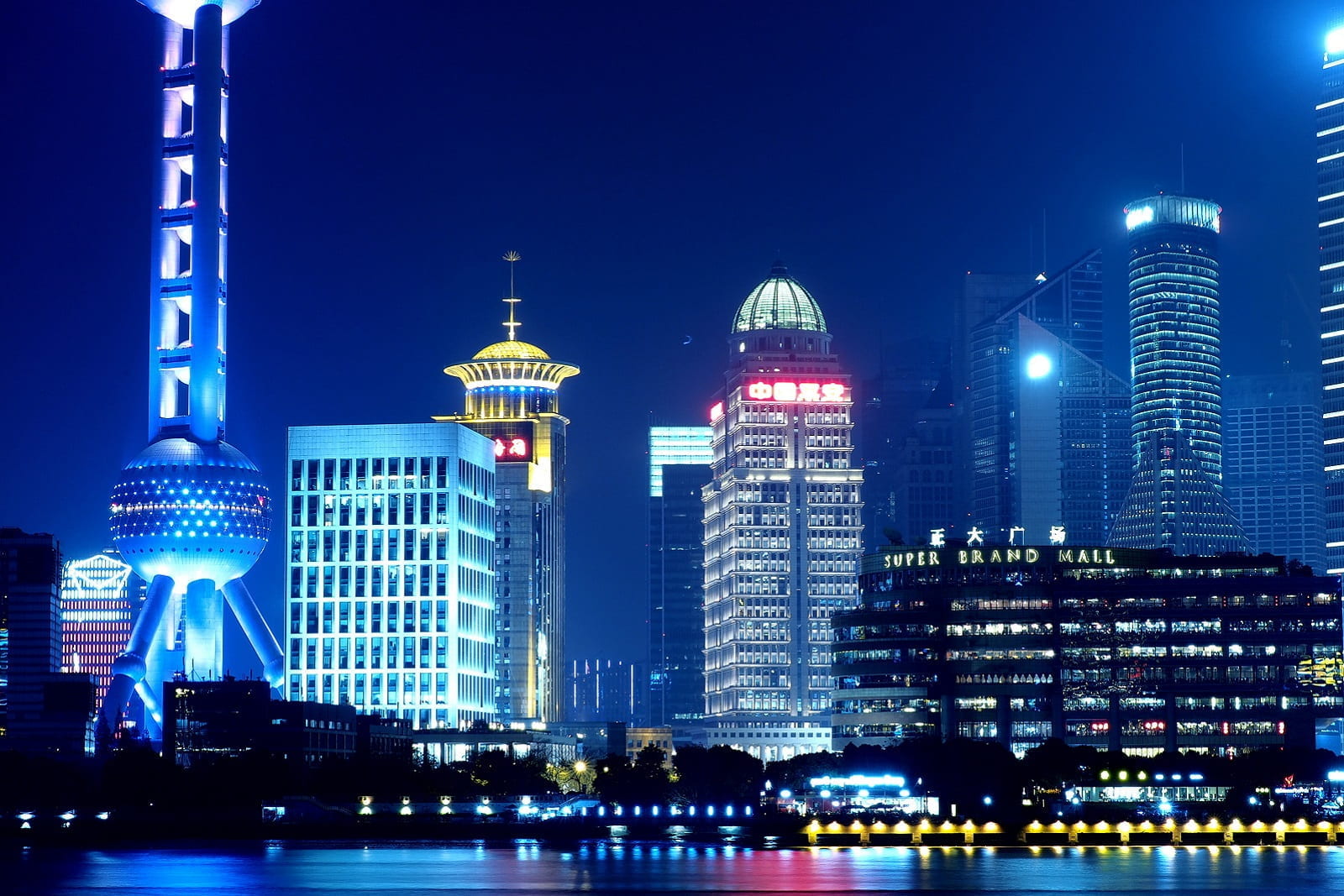
Fairbank Center Blog
Fairbank Center Blog is a publication by the Fairbank Center for Chinese Studies at Harvard University. It includes articles from academics and current graduate students covering a variety of topics including history, literature, environment, politics, and business.

Made in China Journal
The Made in China Journal is an open access quarterly on Chinese labour, civil society, and rights. It analyzes the various movements and obstacles to workers, activists and society at large, as well as actions taken by the CCP.
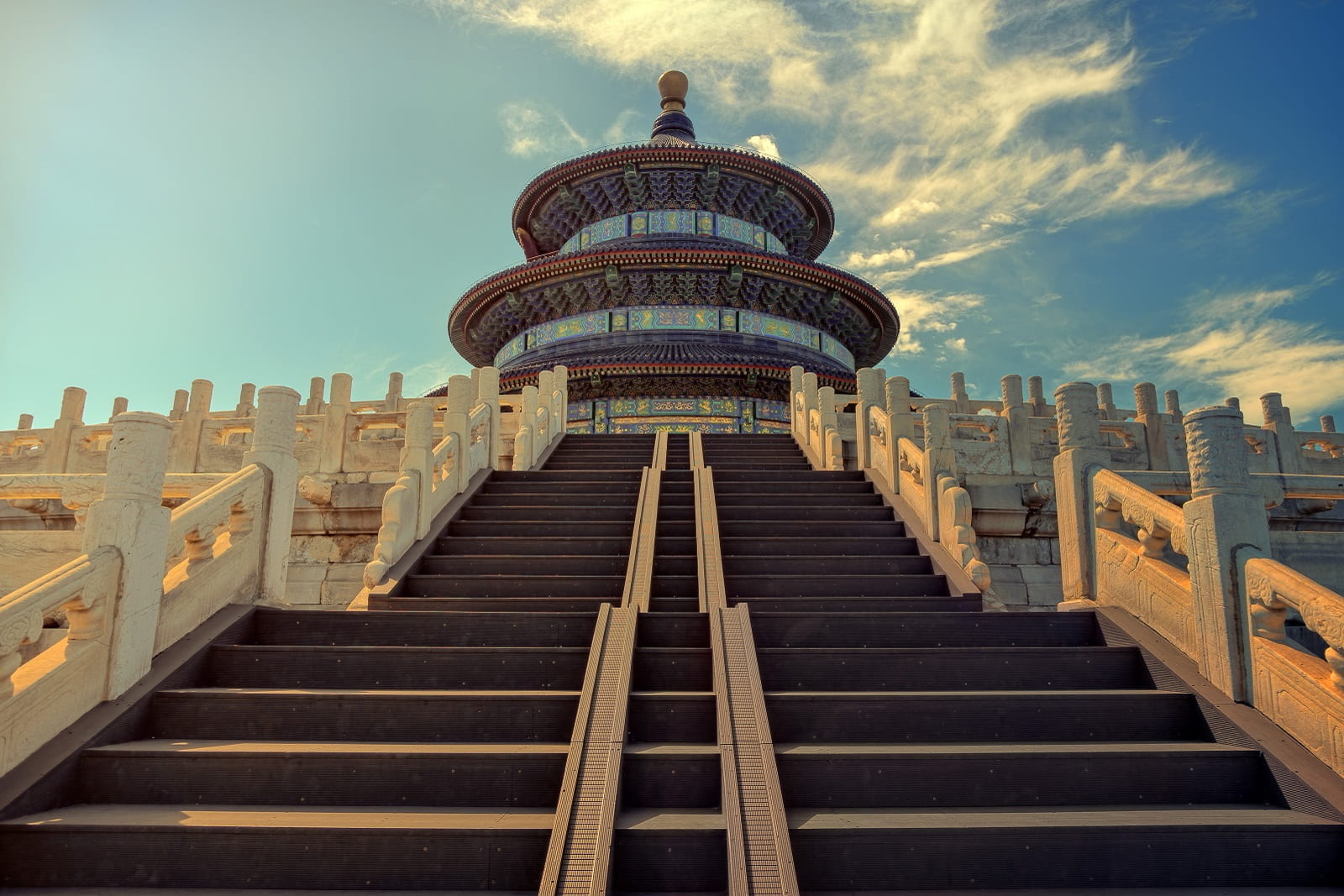
China Currents
The China Research Center promotes understanding of greater China based on in-depth research and experience. The Center publishes an online journal, China Currents, with research articles, commentary, current events, and information about study, business and public programs.
News, Magazines, and Journals
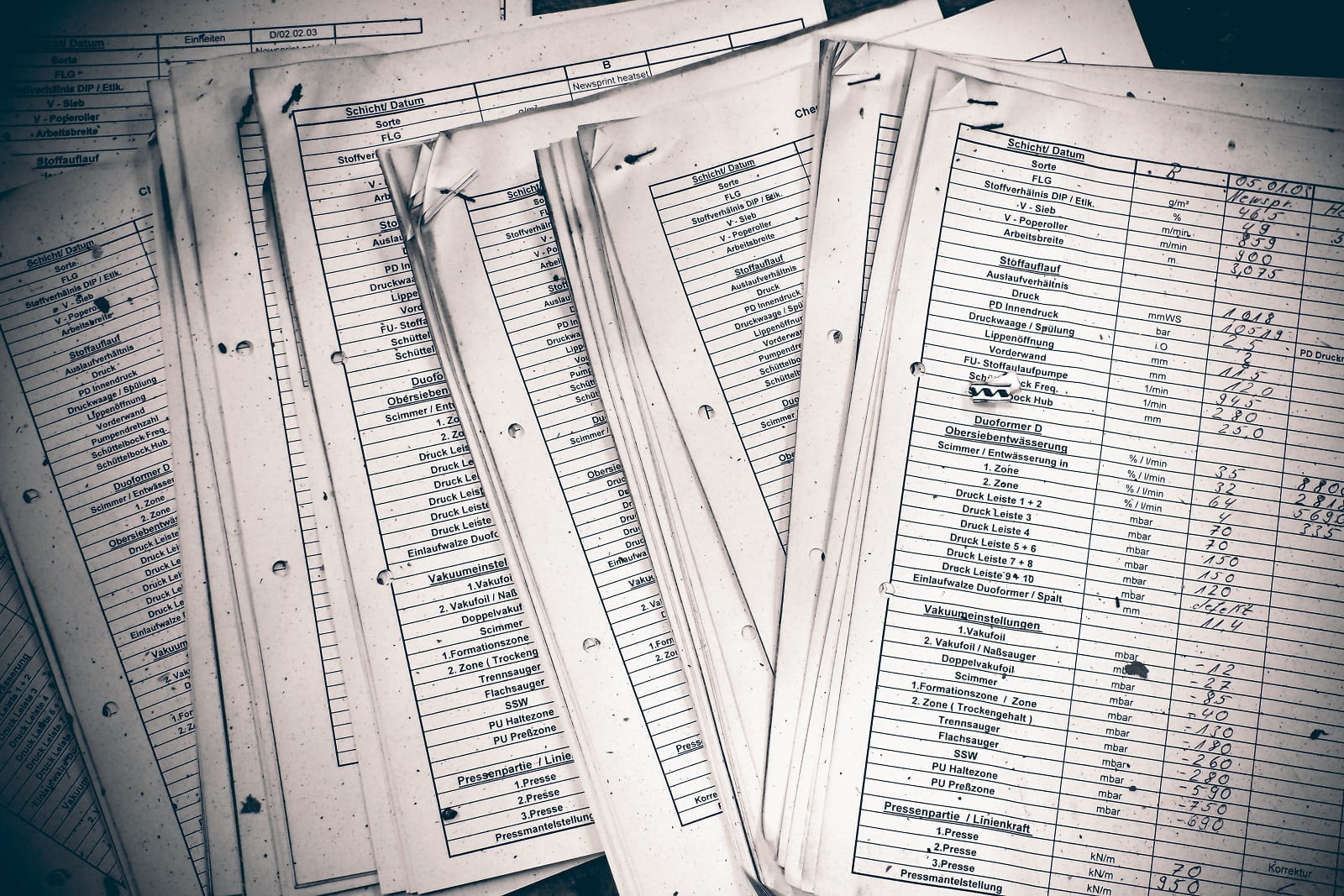
China File
ChinaFile is a project of the Center on U.S.-China Relations at the Asia Society. It is a great resource for those looking for politically inclined resources.

Tea Leaf Nation: Decoding Modern China
Tea Leaf Nation decodes Chinese media, analyzes social trends, and features Chinese voices, all to illuminate the country from within.
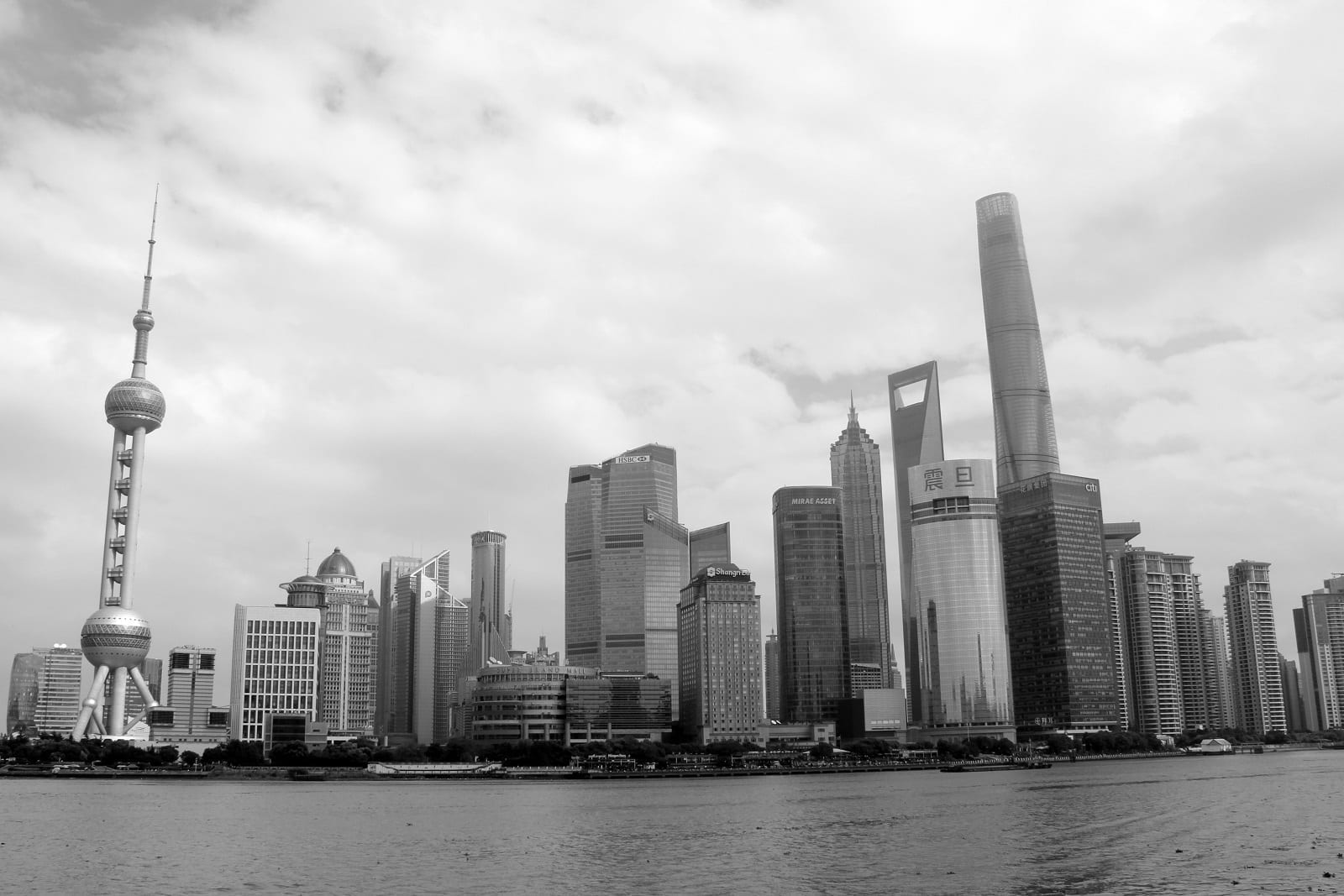
South China Morning Post
South China Morning Post is an english-language newspaper based in Hong Kong. They have both a Hong Kong and China section of their site that covers politics, diplomacy, military, society and science among others.

China Newspapers and Magazines
Founded by Teri Schure, this resource hosts a list of China-related publications with their affiliations the language they publish in.
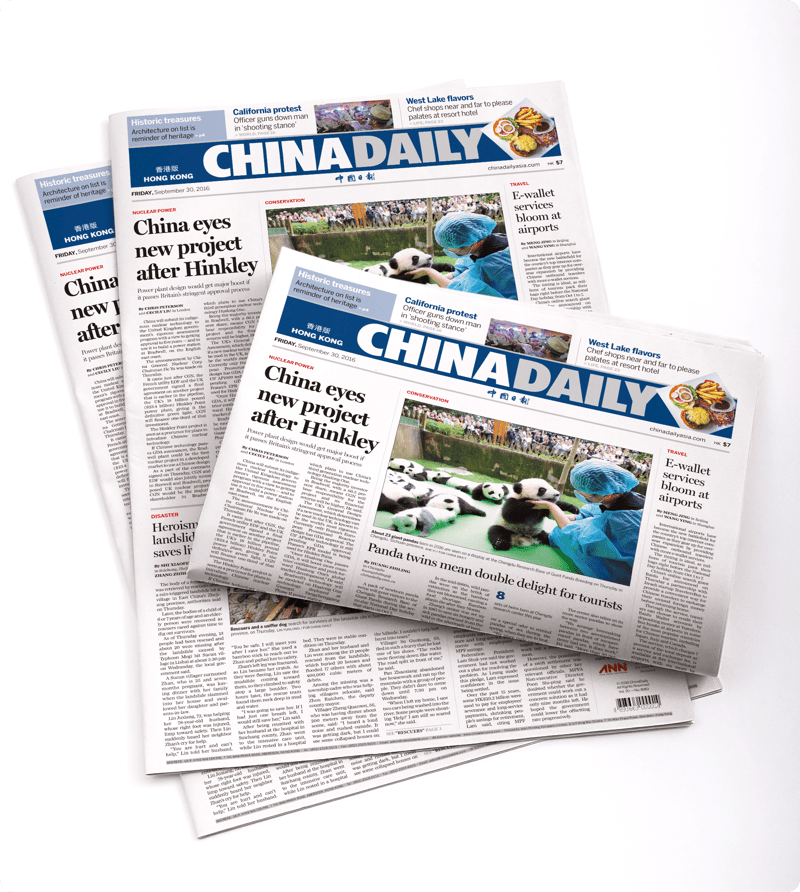
China Daily
The China Daily, launched in 1995, is China’s first national English-language website. It has become a comprehensive multimedia outlet platform and is now China’s most influential English-language web portal. It covers business, travel, lifestyle, culture, sports and more.

The Global Times
The Global Times is your key to understanding China’s changes. Founded in April 2009, the paper is one of the most dynamic players among Chinese media, and has rapidly become the major English newspaper in the nation.
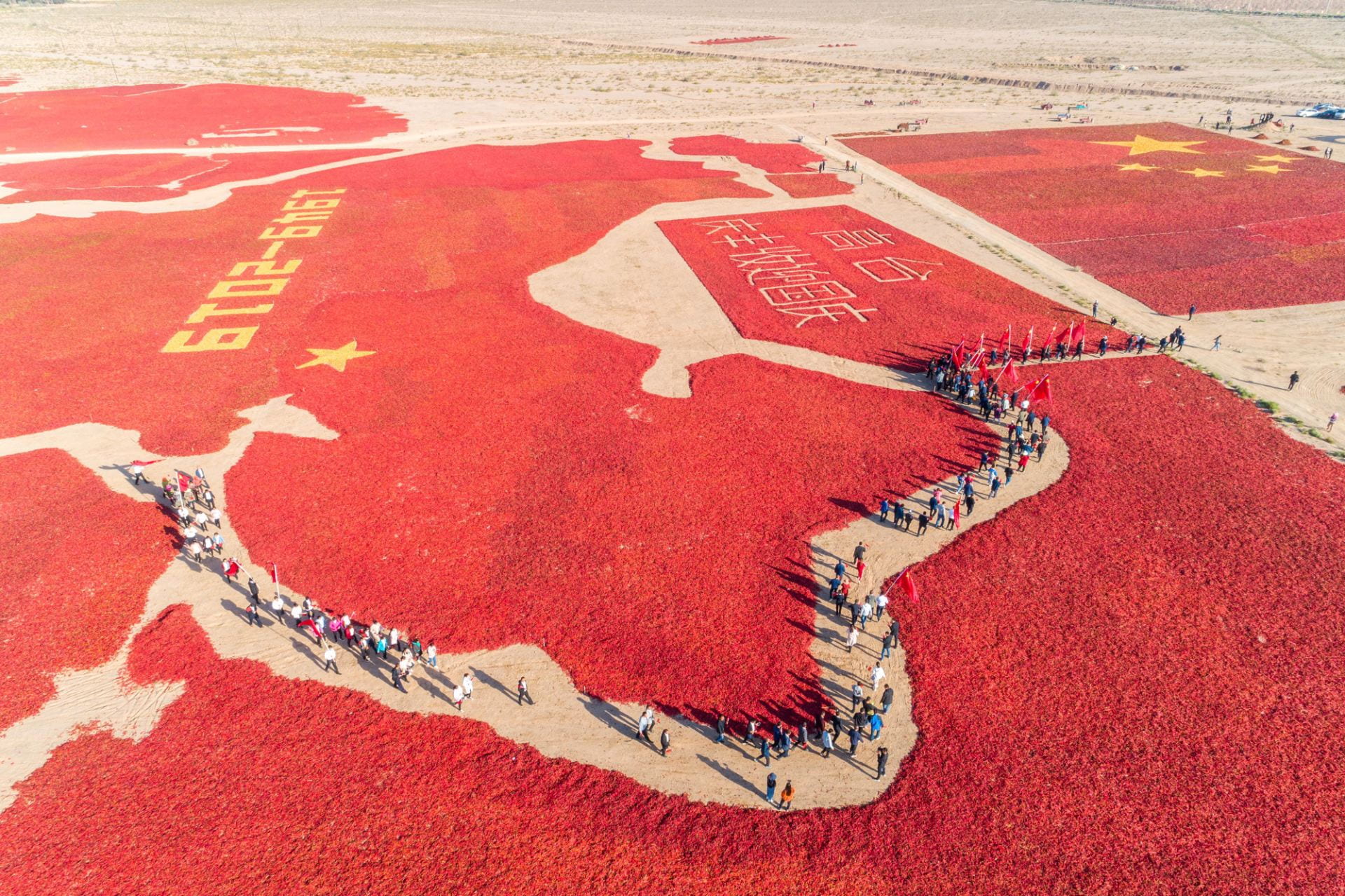
China Global Television Network (CGTN)
CGTN, is an international media organization that aims to provide global audiences with accurate and timely news coverage and rich audiovisual services. It works to promote communication and understanding between China and the world, and enhancing cultural exchanges and mutual trust between China and other countries.
Lesson Plans and Activity Ideas
Below are websites that provide lesson plans and fun activity ideas on China-related topics separated by appropriate grades. Please click the individual hyperlinks to find out more about these resources.
Elementary (PreK – Grade 5)
Middle School (Grade 6 – 8)
Exchange Programs for Students
Below are some exchange programs that high school students can participate in order to gain a deeper understanding of Chinese culture and language. Please click the individual hyperlinks to find out more about these resources.
China Internship Placement
Program Description:
CIP provides immersive High School Programs in China exposing High School students to global and critical thinking. The China High School Study Abroad Program is based in Beijing and Shanghai. As part of immersion, Participants will learn with their colleagues in High Schools and also Chinese Languages. Depending on your expectations, we combine Internship, Volunteering, Intensive Chinese language, and Travel Packages.
Eligibility: High School Students
Fee: Packages
Scholarship: Available
CIEE: High School Abroad in China
Program Description:
CIEE’s High School Abroad program provides you the experience to live and learn immersed in the heart of an ancient culture, thousands of miles from what you’ve known. You will be placed in the first year of high school (year 10) at a boarding school, with all courses taught in Mandarin. Although the Chinese learning environment is intense, CIEE has got your back, providing 80 hours of group tutoring sessions per semester.
Eligibility: High School Students (9th to 12th) with minimum 3.0/4.0 GPA
Fee: $13,500
Scholarship: Available
Exchange Program for Teachers
The China Educational Association of International Exchange (CEAIE) program
The China Educational Association of International Exchange (CEAIE) program is an opportunity for teachers from Australia, Canada, New Zealand, United Kingdom or the United States of America to live and work in China for twelve months. The aim of the program is to promote language exchange and mutual understanding among young people at home and abroad, and to improve foreign language education in Chinese schools.
Institutions and Organizations
China Documentation Center (CDC) at the George Washington University
CDC was established as an international scholarly resource and a national central repository of Chinese language publications concerning military, national security, politics, society, economy, law, and foreign relations of the People’s Republic of China. The initial strengths of the CDC were in the areas of military, national security and foreign affairs, but over time it has grown to include a range of materials concerning contemporary Chinese politics, economy, law, and society.
Embassy of the People’s Republic of China in the United States of America
The Chinese Embassy building is located in the northwest of Washington DC. The Chinese Embassy is committed to promoting the ties and cooperation between the two countries and two peoples and the long-term, stable and sound growth of China-US relations.
Center for Strategic & International Studies (CSIS)
The Center for Strategic and International Studies (CSIS) is a bipartisan, nonprofit policy research organization dedicated to advancing practical ideas to address the world’s greatest challenges.
The Brookings Institution is a nonprofit public policy organization based in Washington, DC. Our mission is to conduct in-depth research that leads to new ideas for solving problems facing society at the local, national and global level.
The Wilson Center, chartered by Congress in 1968 as the official memorial to President Woodrow Wilson, is the nation’s key non-partisan policy forum for tackling global issues through independent research and open dialogue to inform actionable ideas for the policy community.
The National Bureau of Asian Research (NBR)
Our mission is to conduct advanced independent research on strategic, political, economic, globalization, health, and energy issues affecting U.S. relations with Asia. Drawing upon an extensive network of the world’s leading specialists and leveraging the latest technology, NBR bridges the academic, business, and policy arenas.
The Center for Advanced China Research (CACR)
The Center for Advanced China Research (CACR) is a non-profit research organization that conducts Chinese-language research on China’s domestic politics, foreign affairs, and security policy. CACR engages with US and partner-country policymakers, China specialists, and the broader public through the production of high-quality analysis of Chinese politics in the form of regular reports, blog posts, and contributions to scholarly publications.
The Project 2049 Institute is a nonprofit research organization focused on promoting American values and security interests in the Indo-Pacific region. We specialize in open-source research using Chinese language sources to inform policy debate and advance public education. Our core mission is to create and disseminate knowledge that makes the region more peaceful and prosperous.
Established by the U.S. Congress in 1960, the Center serves as a resource for information and analysis on critical issues of common concern, bringing people together to exchange views, build expertise, and develop policy options. The Center is an independent, public, nonprofit organization with funding from the U.S. government, and additional support provided by private agencies, individuals, foundations, corporations, and governments in the region.
The US-China Business Council (USCBC) is a private, nonpartisan, nonprofit organization of approximately 200 American companies that do business with China. Founded in 1973, USCBC has provided unmatched information, advisory, advocacy, and program services to its members for over four decades.
The Carnegie Endowment for International Peace
In an increasingly crowded, chaotic, and contested world and marketplace of ideas, the Carnegie Endowment – a global think tank with offices in Belgium, China, India, Lebanon, Russia, and Washington, D.C. – offers decision-makers global, independent, and strategic insight and innovative ideas that advance international peace.
The mission of The Heritage Foundation is to formulate and promote conservative public policies based on the principles of free enterprise, limited government, individual freedom, traditional American values, and a strong national defense.
The Center for a New America Security (CNAS)
The Center for Arms Control and Non-Proliferation is a national non-partisan, non-profit dedicated to enhancing peace and security through expert policy analysis and thought-provoking research.
The United States Institute of Peace (USIP)
The United States Institute of Peace is a national, nonpartisan, independent institute, founded by Congress and dedicated to the proposition that a world without violent conflict is possible, practical, and essential for U.S. and global security.
The Institute for China-America Studies (ICAS)
The Institute for China-America Studies is an independent think tank funded by the Hainan Freeport Research Foundation in China. Based in the heart of Washington D.C. ICAS is uniquely situated to facilitate the exchange of ideas and people between China and the United States. We achieve this through research and partnerships with institutions and scholars in both countries, in order to provide a window into their respective worldviews.
Annual Events in the DMV Area
DC Chinese New Year Parade – January
Washington, D.C. celebrates the Chinese New Year with a parade in Chinatown featuring traditional Chinese Dragon Dance, Kung Fu demonstrations and live musical entertainment. Each year a parade is held in Chinatown in Washington, D.C. to celebrate the Chinese New Year. The event is held by the Chinese Consolidated Benevolent Association (CCBA).
KC Chinese New Year – January to February
The Kennedy Center celebrates Chinese New Year with weeks of family fun including Kennedy Center Chinese New Year Family Day. 10,000 twinkling lights will make for a magical experience. Free activities for all ages including arts and crafts, traditional costume photo booth, zodiac stickers, demonstrations of sugar painting and wood block printing, magic shows and more.
Compiled by NRC Curriculum Developers, Shruthi Shree Nagarajan and Aika Okishige

EAST ASIA NATIONAL RESOURCE CENTER
Join Our Mailing List
Receive news and updates about EANRC events.
